Written by Jessica Graybill
The Italian hillside town of Deruta, in Umbria, is known throughout the world for its production of exquisite pottery. Deruta is one of the biggest producers of glazed Italian ceramics known as majolica, and they’ve been perfecting their craft since the early Middle Ages. During the 14th century, at the beginning of the Renaissance, their artisans were so prolific and talented that the town of Deruta was able to pay the city’s taxes in pottery instead of cash!
The most prosperous time for Deruta was the 16th century, during which the Raffaellesco design became a popular figure in pottery. Raffaellesco is the namesake of one of the Great Masters, Raphael (full name Raffaello Sanzio da Urbino), a painter and architect. His frescos featured a creature which came to be known as a “grottesque”, a design that combines human, animal, and botanical forms. An example of this sort of creature can be found in Raphael’s “St Michael Trampling the Dragon”.

St. Michael is such a badass.
Though the version of the dragon in Raphael’s painting is a dark, sinister-looking beast, the romantic Italians allowed the image of the dragon to evolve into a much lighter, more benign creature. The Raffaellesco we know today is a benevolent deity, bestowing good luck and fair winds to seagoing merchants (as evidenced by the curlicue puffs of air that you can see he’s exhaling!) and landlubbers alike.
I like to think the dragons still breathe fire into the kilns of our Italian factories, assuring their continued production and inspiring new creations.
Check out our impressive selection of Raffaellesco ceramics here!



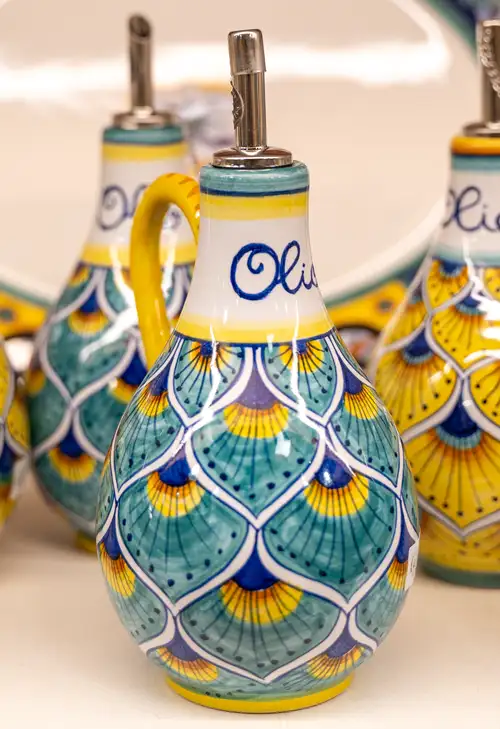
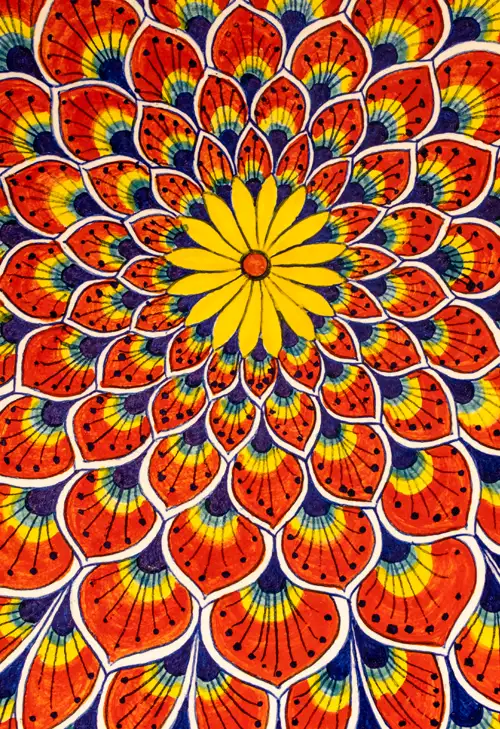

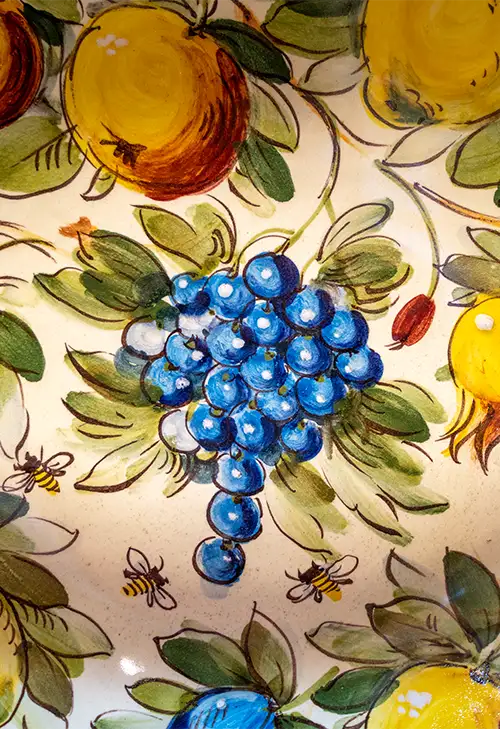
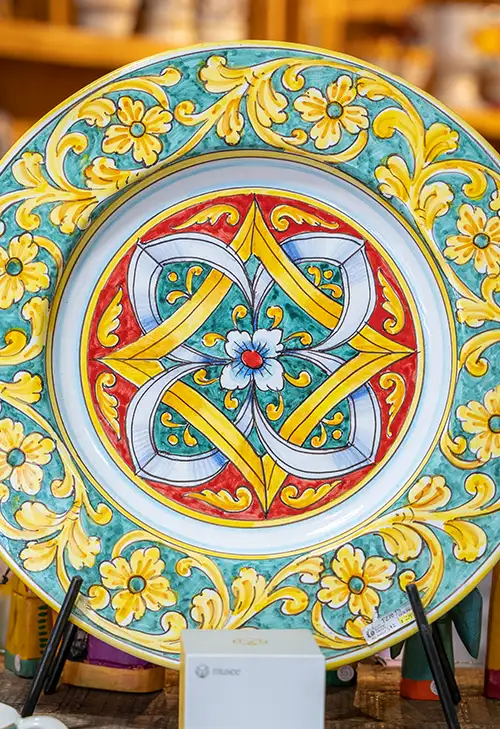
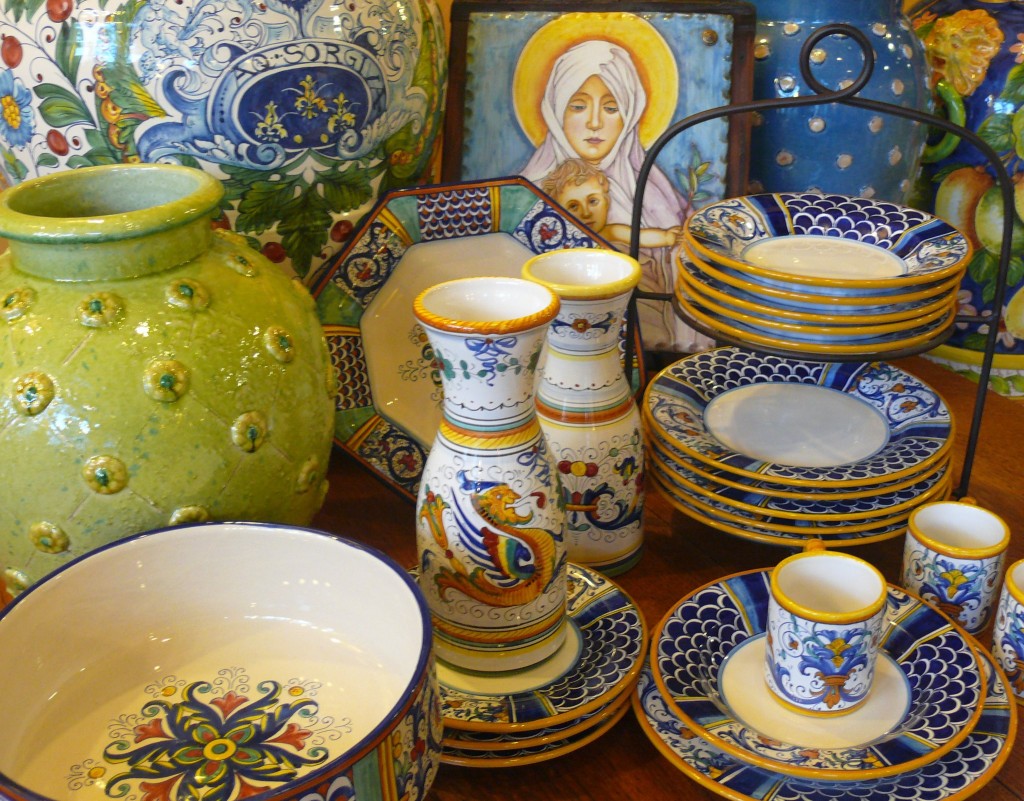

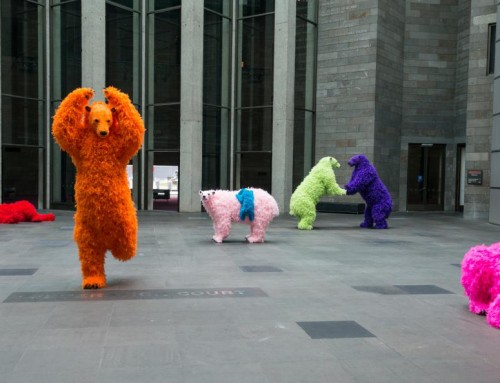
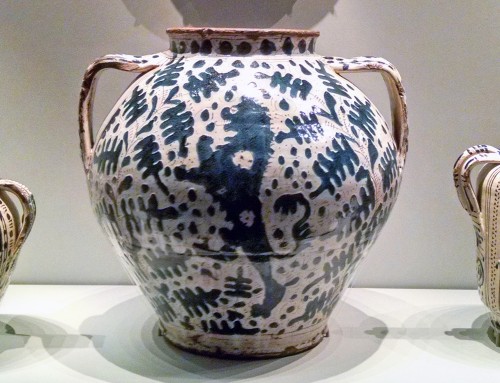
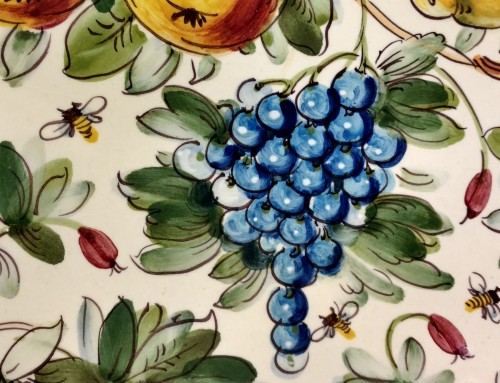
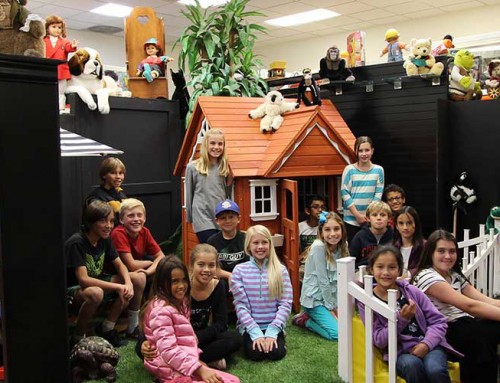
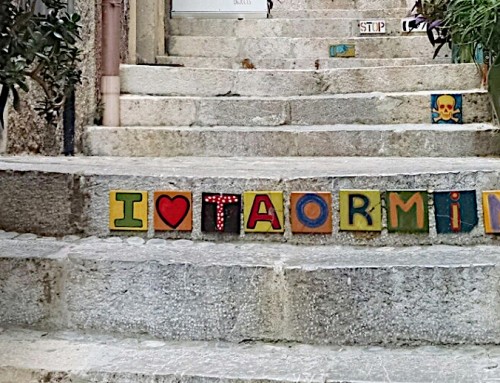





Leave A Comment
You must be logged in to post a comment.